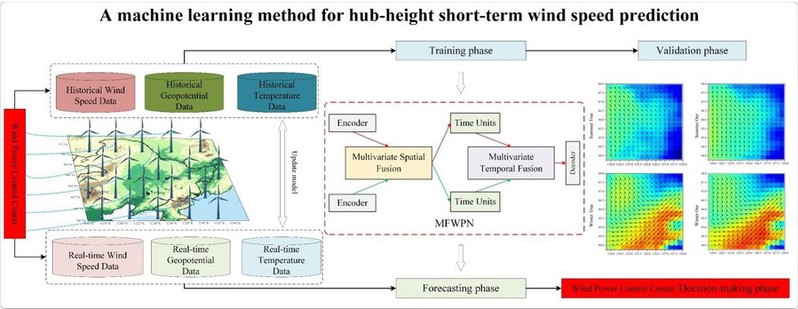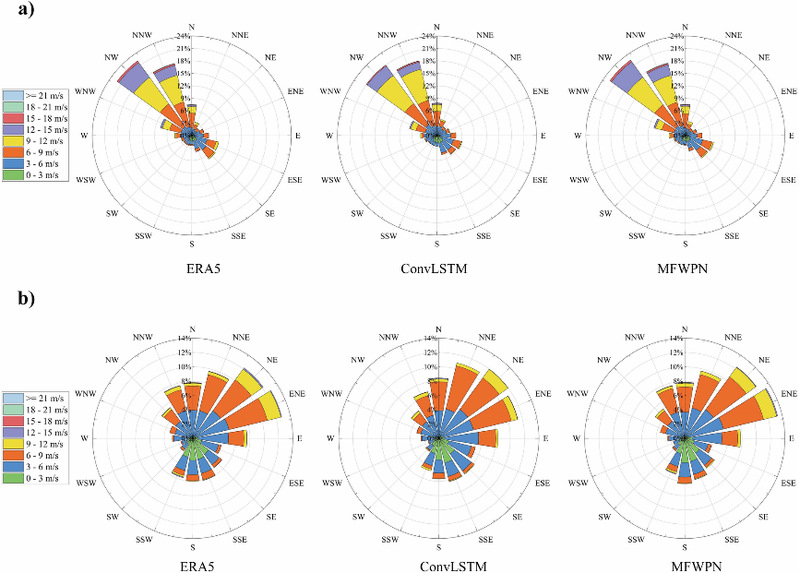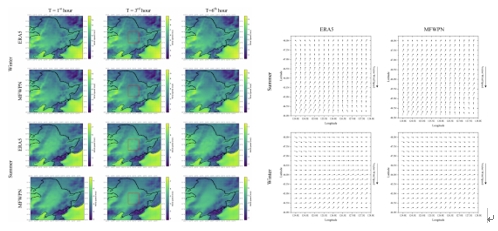A research team led by Professor Lin Lianlei from the School of Electronics and Information Engineering at the Harbin Institute of Technology (HIT) has made a breakthrough in short-term wind speed prediction.
The newly-built multivariate meteorological data fusion wind prediction network (MFWPN) enables high-precision forecasting of near-surface wind fields and supports applications in smart wind power and low-altitude aviation.
Published in Nature Communications under the title A machine learning model for hub-height short-term wind speed prediction, the study addresses two major challenges: the variability of wind energy and the complex meteorological conditions of low-altitude airspace, which threaten the safety of drones and other aircraft.
MFWPN integrates diverse meteorological data using a CNN-Transformer to capture spatiotemporal wind features, enhanced by a fusion module for multivariate data. It outperforms the widely used European Center for Medium-Range Weather Forecasts (ECMWF) model in six-hour vector wind speed forecasts, demonstrates strong adaptability across regions, and requires only 18 milliseconds to generate a 24-hour fine-grid forecast for Northeast China.
With its high accuracy and efficiency, the MFWPN model is poised to enhance ultra-short-term wind power planning and improve flight safety in the emerging low-altitude economy.




